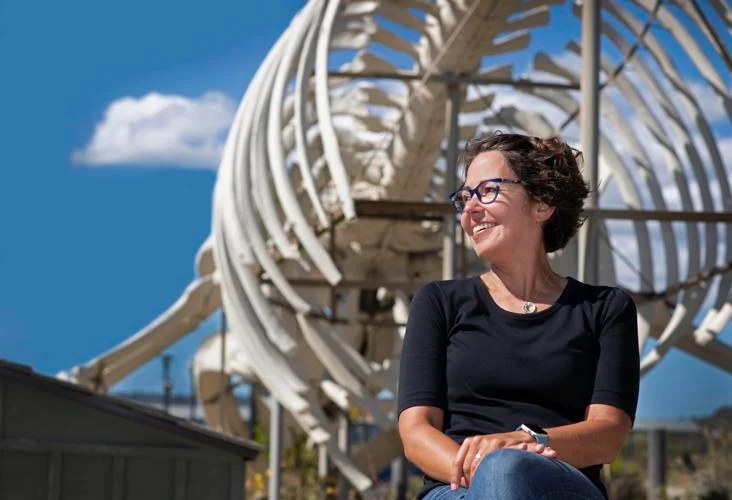
Plans to genetically bring mammoths and other vanished animals back to life have scientific stakes far beyond the imagery of Jurassic Park
The basic technologies are all there, but perfecting them will still require a lot of work. Thanks to pioneers such as Nobel laureate Svante Pääbo, first we learned how to recover DNA from fossils, rearrange the fragments worn away over centuries and millennia, and compare them with the sequences of the closest living relatives. Then came CRISPR, the Nobel Prize-winning technique: using this tool we can take a modern genome similar to an extinct one and edit it, introducing archaic mutations characteristic of the animal to be “resurrected.”
Another important piece of the puzzle was settled last month by Colossal Biosciences, the company that for just three years has been fully engaged in making de-extinction a reality. The biotech firm, founded by visionary geneticist George Church, announced that it has succeeded in creating embryonic-like stem cells from elephant skin. Eighteen years after Nobel laureate Shinya Yamanaka’s breakthrough in mice, then, the induced pluripotent stem cell revolution is coming to the pachyderm world as well.
The result is that (if all goes well) we may soon have living cells suitable for harboring an elephant genome edited with typical mammoth traits, such as resistance to cold. First, they could be used to produce in vitro mammoth-like tissues and organoids useful for gaining new knowledge, then (perhaps) to generate oocytes, embryos, and even artificial wombs that could simplify at least some of the ethical problems by avoiding the use of elephant mothers for gestation.
Even by merely de-extinguishing the distinguishing features of a lost species, rather than the animals in their entirety, each step remains a challenge, and no one can be certain that the first mammoth-elephant hybrid will really be born in 2028, as they hope at Colossal. But even if the ultimate goal remains a mirage, it would still be worth pursuing, for the biological insights and technical advances that will come along the way.
To learn more, we recommend reading STAT’s interview with evolutionary biologist Beth Shapiro, who previously made her mark by sequencing the genome of the dodo at the University of California at Santa Cruz and recently was named chief scientific officer of Colossal.
